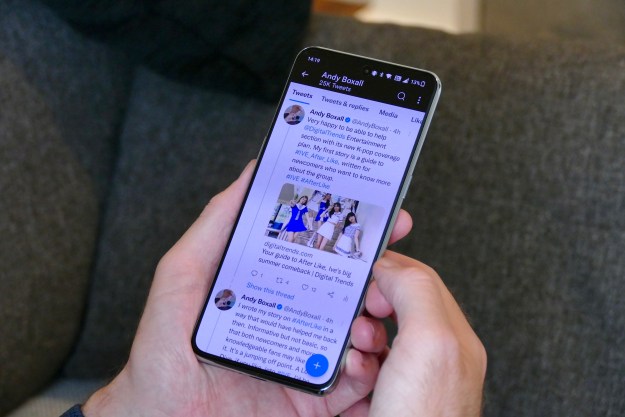
As if we needed any further confirmation that Big Brother is, in fact, watching, the Associated Press reports today that the Central Intelligence Agency has an entire department devoted to monitoring Twitter and Facebook posts. In addition, the CIA briefs President Obama daily on top tweets and popular Facebook posts and trends.
The arduous task, carried out by a team known as the “Vengeful Librarians,” includes sifting through more than 5 million tweets a day. (In total, Twitter’s 100 million users publish approximately 140 million tweets every day.) Doing so has enabled the CIA to view how events in the US are being received overseas — like, say, the assassination of Osama bin Laden — as well as allowing the agency to keep tabs on international events, like the uprising in Egypt this spring.
The CIA’s social media monitoring, which is carried out by “several hundred” analysts at a facility in McLean, Virginia, and elsewhere around the US, was started on the recommendation of the 9/11 Commission as a way to bolster the agency’s counterterrorism and counterproliferation initiatives.
Monitored sources include traditional newspapers and television broadcasts, as well as social media. The focus on Twitter began in 2009 after the micro-blogging platform played a key role in the Iranian Green Revolution.
Because tweets do not always have location data tied to them, the Vengeful Librarians cannot track where exactly the majority of tweets originate. Instead, the intelligence team keeps track of what language tweets are published in. For instance, the team wanted to find out the world reaction to the death of Osama bin Laden. It found that the majority of tweets published in either Urdu (the language of Pakistan), or Chinese were mostly negative. Arabic and Turkic tweets accused Obama of being pro-Isreal. Tweets in Hebrew thought Obama’s speech was too pro-Arab.
The CIA team has also used Twitter to monitor reports of real-time events, and can focus on a few Tweeters who are publishing accurate reports. The team found that, in these situations, other Twitter users actively stamp out erroneous information when it is reported, which proves the usefulness of Twitter as a primary source for breaking news.
So, for those of you out there who forget that what you say online can often be seen by anyone, remember: in some windowless office building in Northeast Virginia, a CIA agent may be watching.
[Image via Benjamin Haas/Shutterstock]
Editors' Recommendations
- Bluesky barrels toward 1 million new sign-ups in a day
- Mastodon surpasses 1 million monthly active users as Twitter backlash worsens
- Twitter Blue is losing Ad Free Articles and Musk’s latest tweets indicate further changes
- More Twitter users will soon see fact-check notes on tweets
- How to use Twitter Circle to limit who sees your tweets

